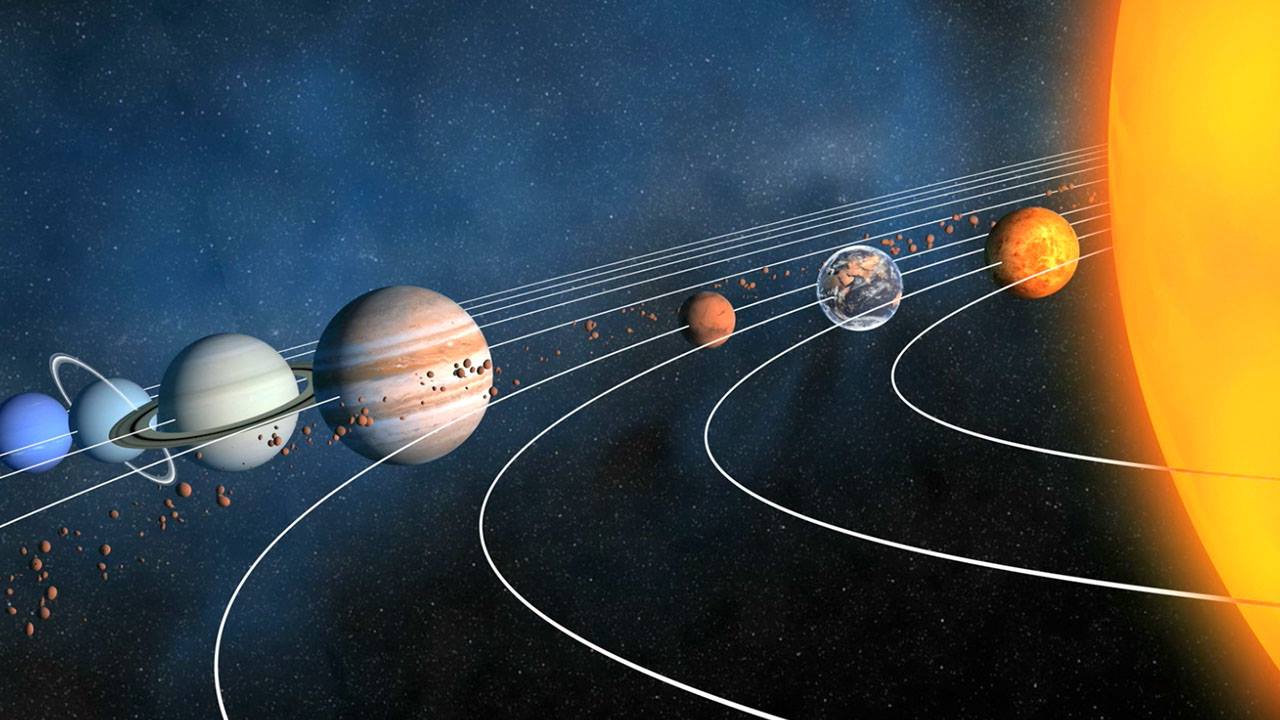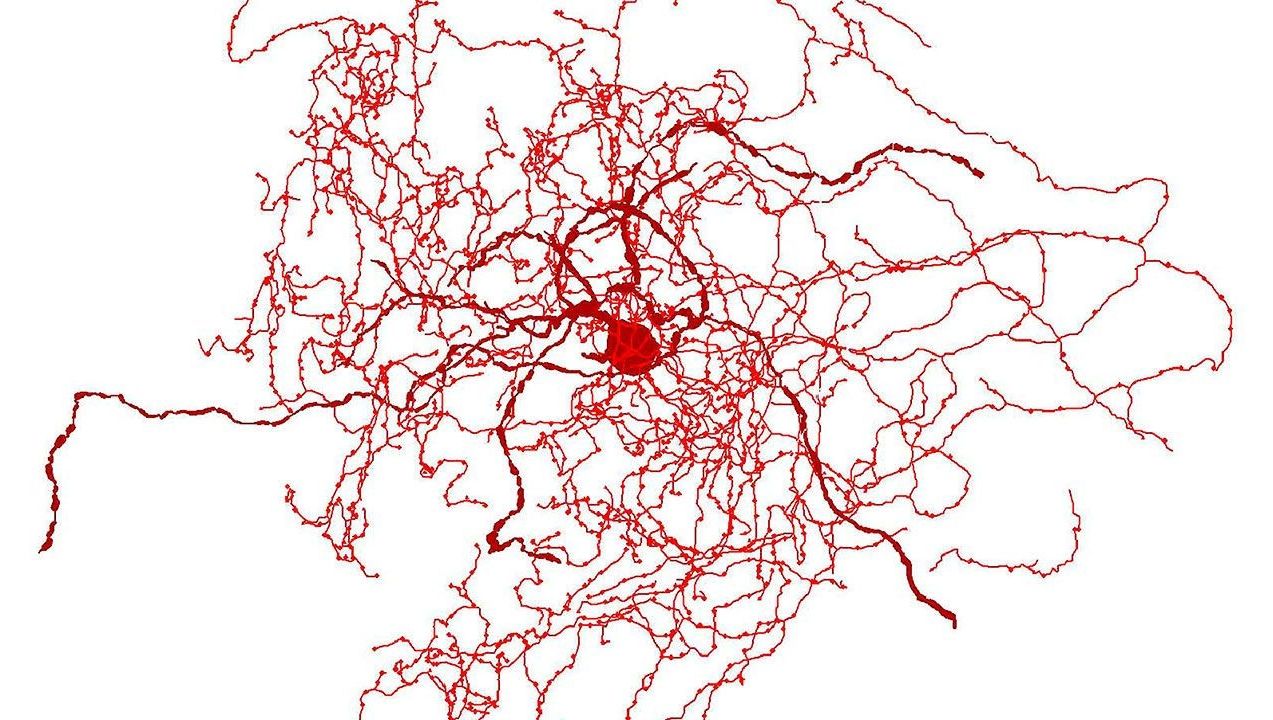Page 9791
Aug 27, 2018
Singapore hit by ‘most serious’ cyberattack, resulting in theft of health data of 1.5 million people – including the prime minister
Posted by Genevieve Klien in categories: biotech/medical, cybercrime/malcode, government, health, military
Wealthy Singapore is hyper-connected and on a drive to digitise government records and essential services, including medical records which public hospitals and clinics can share via a centralised database.
But authorities have put the brakes on these plans while they investigate the cyberattack. A former judge will head a committee looking into the incident.
While the city state has some of the most advanced military weaponry in the region, the government says it fends off thousands of cyberattacks every day and has long warned of breaches by actors as varied as high-school students in their basements to nation states.
Aug 27, 2018
Bank of Spain’s website hit by cyber attack
Posted by Genevieve Klien in category: cybercrime/malcode
MADRID (Reuters) — The Bank of Spain’s website has been hit since Sunday by a cyber attack which has temporarily disrupted access to the site, a spokesman for the central bank said on Monday.
Aug 27, 2018
Mysterious new brain cell found in people
Posted by Genevieve Klien in category: neuroscience
Aug 27, 2018
The Physics of Falling Into a Black Hole
Posted by Genevieve Klien in categories: cosmology, physics
This week, newspapers reported that a man had fallen into an art installation consisting of an 8-foot-deep circular hole painted black. It’s kinda not his fault.
Aug 27, 2018
Diversity In Space Careers is a one day conference celebrating and promoting diversity and inclusion in the space industry
Posted by Chiara Chiesa in category: space
Aug 27, 2018
Global race for transformative molten salt nuclear includes Bill Gates and China
Posted by Klaus Baldauf in categories: government, nuclear energy

Unlike Nuclear fusion which has never had net generation of power, molten salt nuclear fission power had 2.5 megawatts of net power generation from a US nuclear prototype back in the 1960s. The US government had major work on molten salt nuclear reactors form the 1950s through the 1970s.
There is now a multi-billion race from many US companies and China and Canada and European countries to develop molten salt nuclear power.
Aug 27, 2018
This bright blue dye is found in fabric. Could it also power batteries?
Posted by Bill Kemp in categories: energy, habitats

A sapphire-colored dye called methylene blue is a common ingredient in wastewater from textile mills.
But University at Buffalo scientists think it may be possible to give this industrial pollutant a second life. In a new study, they show that the dye, when dissolved in water, is good at storing and releasing energy on cue.
Continue reading “This bright blue dye is found in fabric. Could it also power batteries?” »
Aug 27, 2018
How Long Would it Take to Cruise the Solar System?
Posted by Michael Lance in category: space

There’s no doubt traveling the solar system would be an amazing experience, but how long would it take?
Aug 27, 2018
Study Shows Telomerase Gene Therapy Does Not Increase Cancer Risk
Posted by Steve Hill in categories: biotech/medical, life extension
Researchers have demonstrated that telomerase gene therapy does not increase the risk of cancer, even in strains of mice that are particularly susceptible to cancer [1].
A tale of telomeres
Short telomeres trigger cellular senescence and are thought to be one of the primary hallmarks of aging, which has led to various researchers seeking ways to restore the telomeres in order to prevent cells from dying and to encourage division and tissue regeneration. We won’t go over the basics of telomeres and how they influence aging here, but if you would like to learn more, check out our telomeres article, which explains it all.















